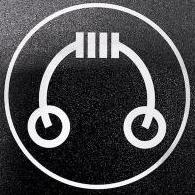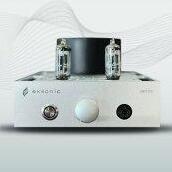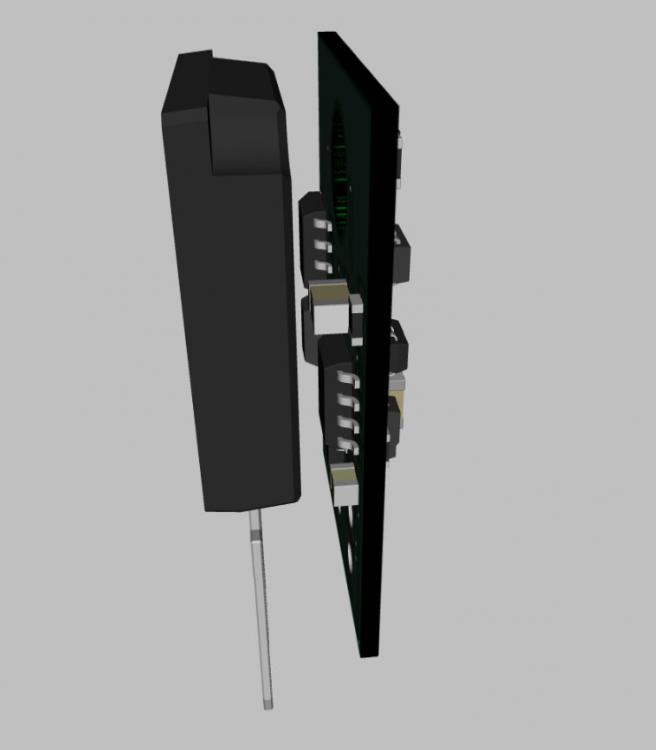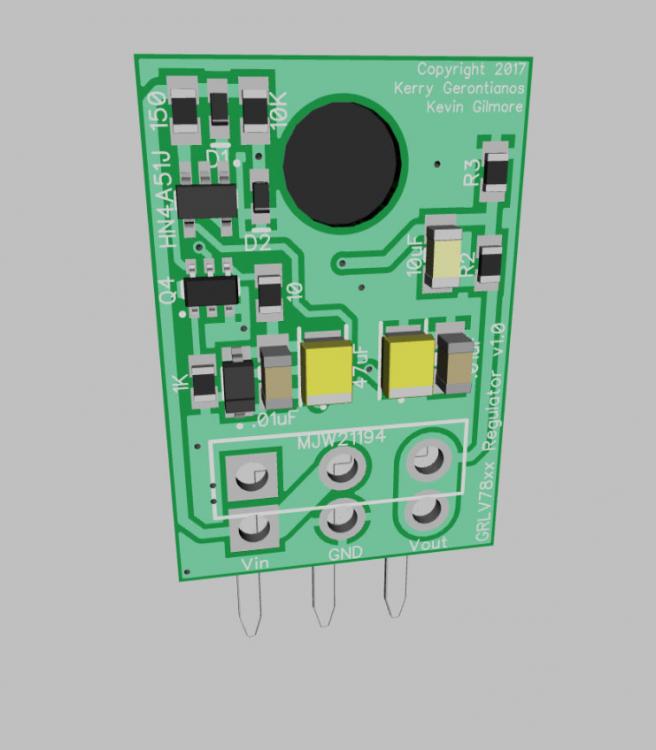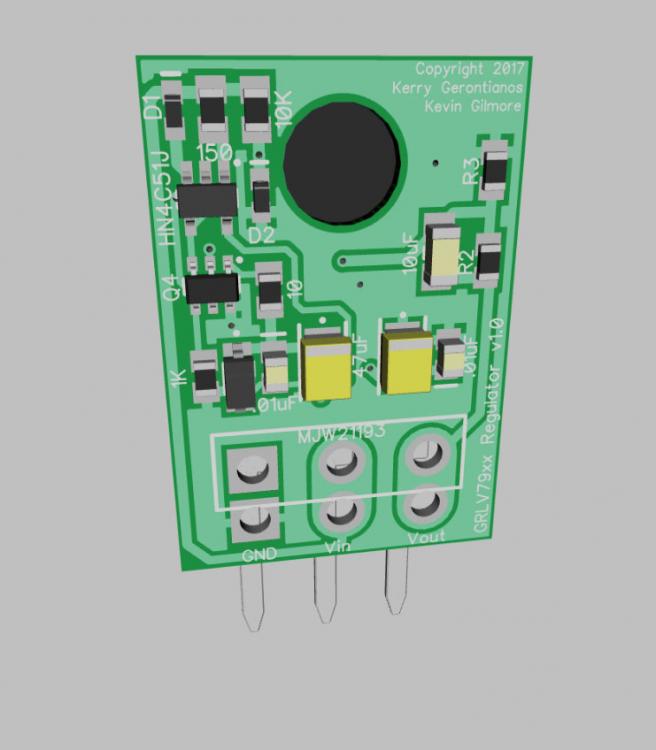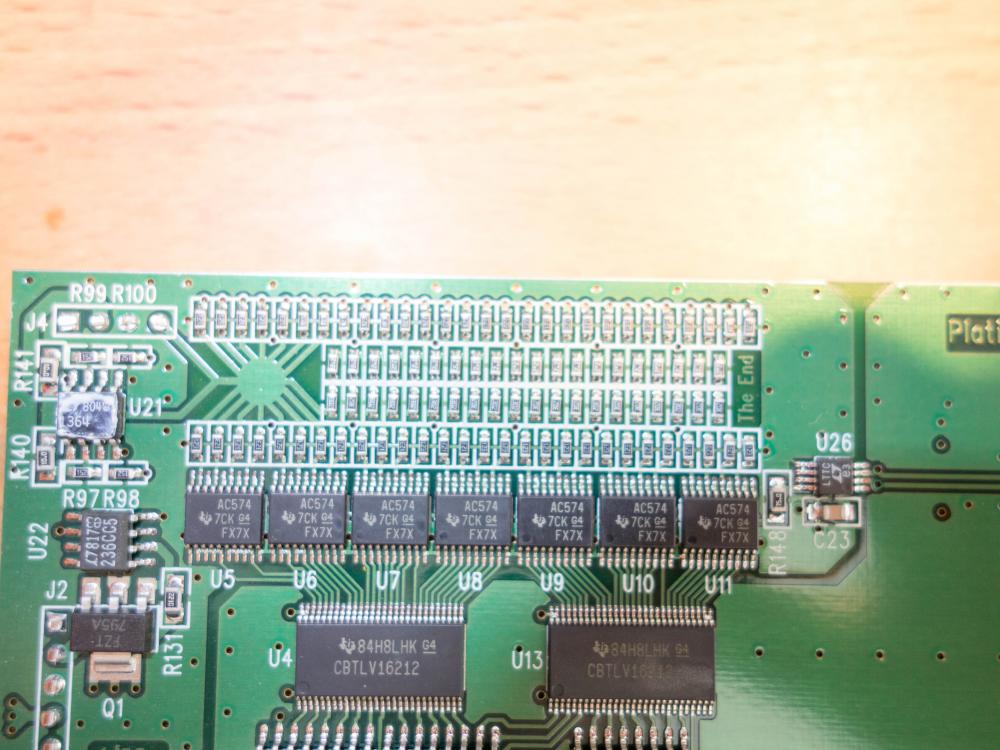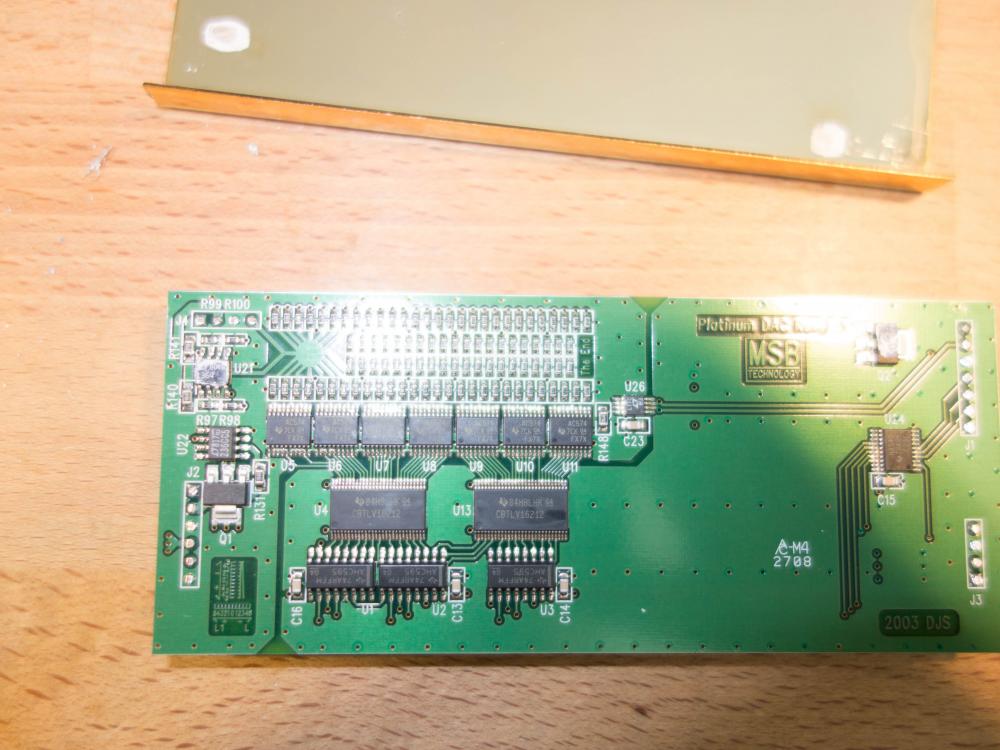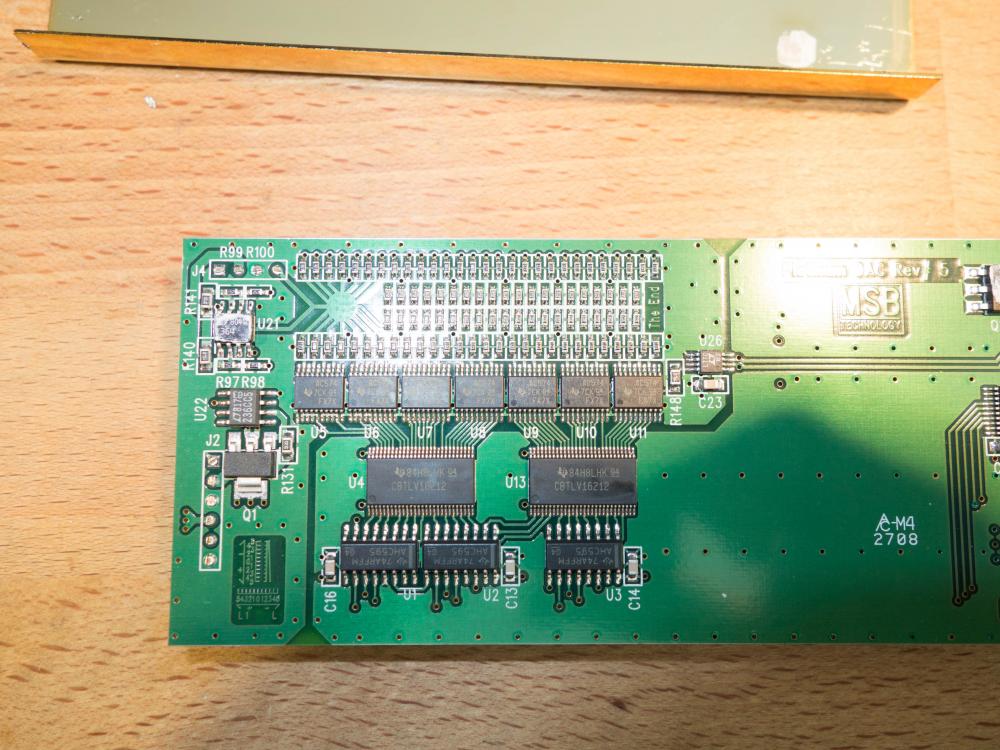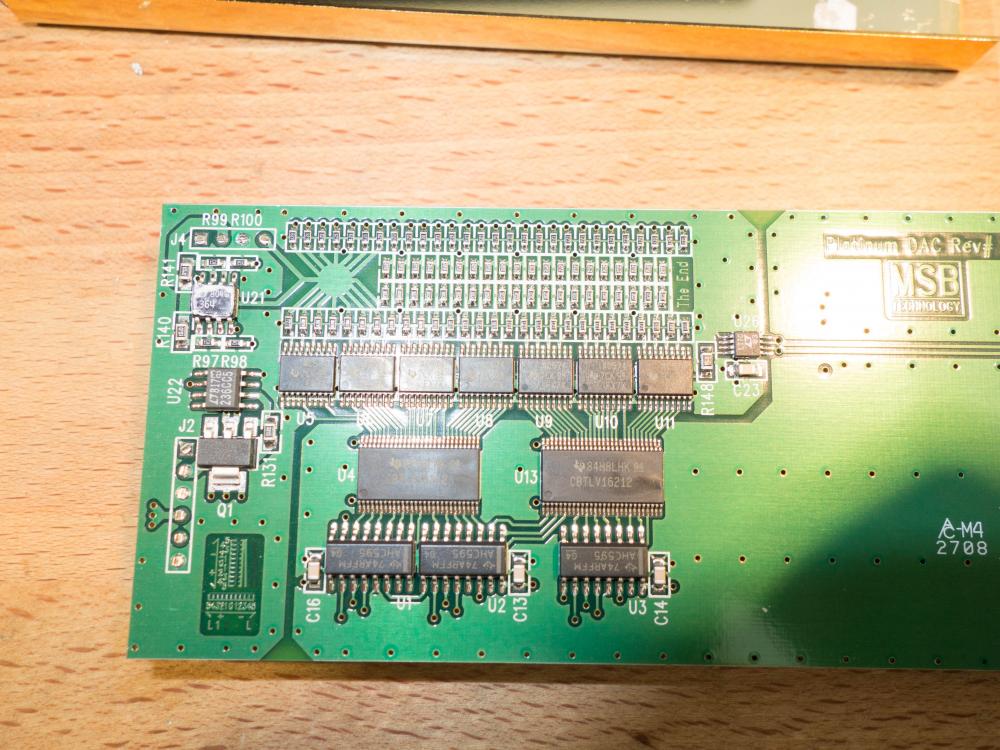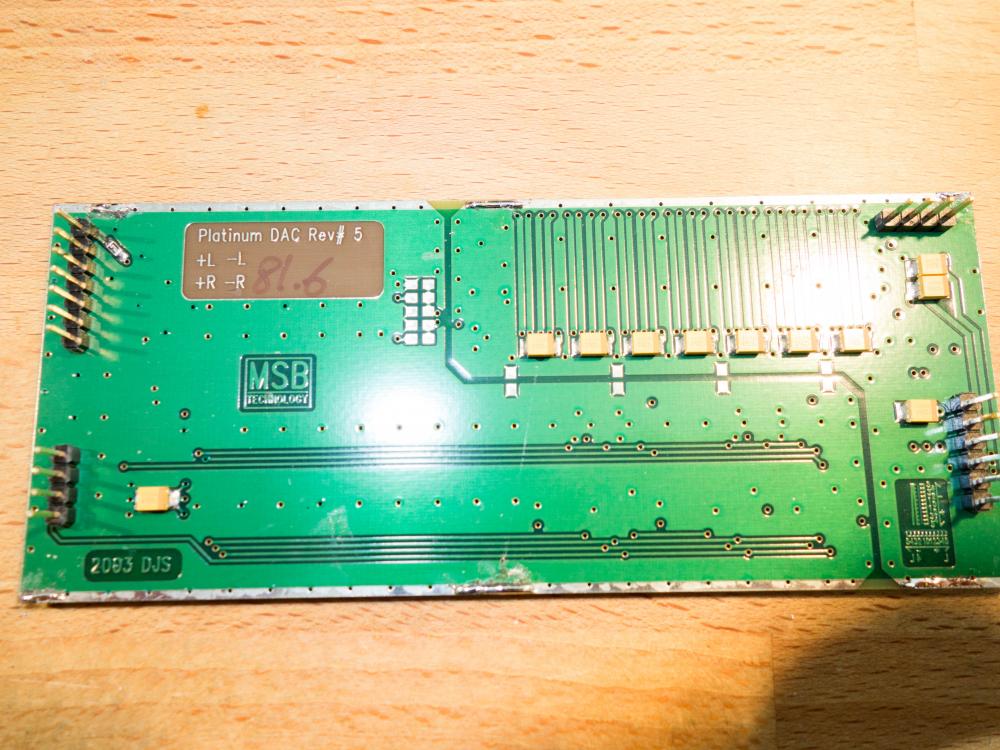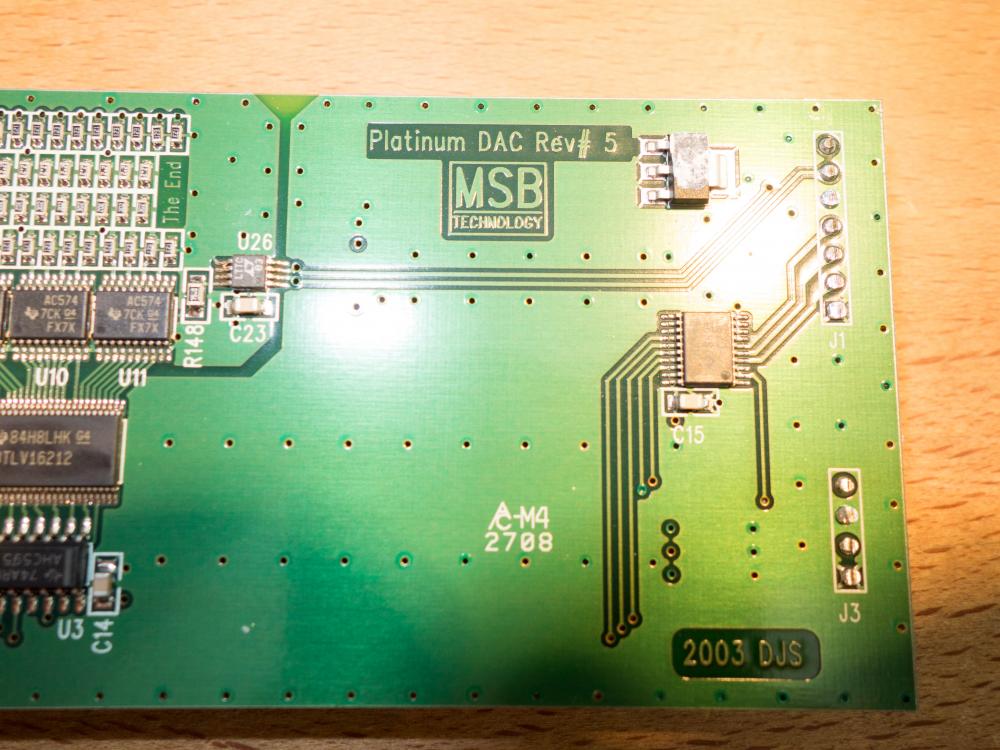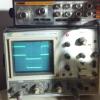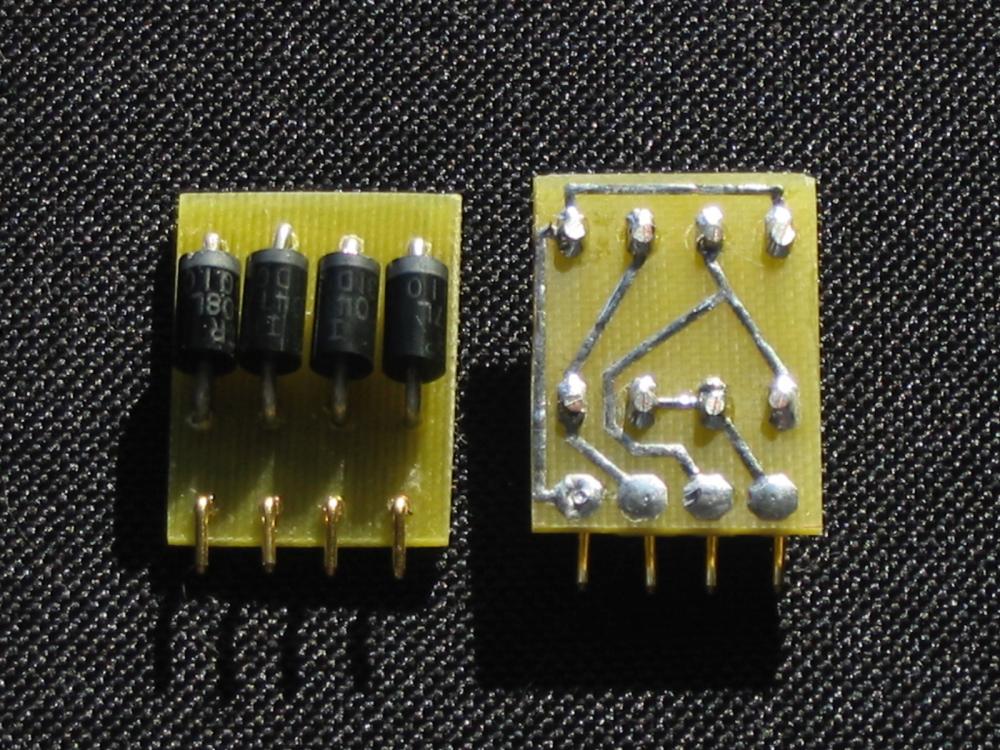Leaderboard
Popular Content
Showing content with the highest reputation on 02/28/2017 in all areas
-
So my son Andrew has been accepted to his 4 top schools, with great merit from 2, OK from 1, and we were waiting to hear from 1 (Clarkson, his top choice). Clarkson Financial letter came today, and at first it was disappointing, showing a decent but 3rd lowest amount in 2017, same in 2018, and then nothing beyond. THEN, we read more closely: FALL of 2017 and SPRING of 2018..... It turned out to be the highest of all the schools so far for a year, renewable for the 3 additional years as long as he maintains grades. WOOOOOO-FUCKING-HOOO are we psyched!!! The Hermit Boy even agreed to go out to a celebratory dinner with us So fucking proud.....he did this.....had some help to coordinate, but he did it.....8 points
-
Went out for Chinese food with the Boston members of my family. My aunt Ju's mother was also visiting from Malaysia, and ordered everything, which was entertaining. Missing a few things, but it was all scrumptious. Definitely beat lunch, which was an airport salad.6 points
-
4 points
-
3 points
-
2 points
-
2 points
-
2 points
-
2 points
-
1 point
-
i saw a USED 100uf+100uf/500v black gate sold for $549 i should have bought a stock of retirement caps1 point
-
1 point
-
1 point
-
1 point
-
1 point
-
1 point
-
1 point
-
1 point
-
1 point
-
Congrat to Andrew and congrat to his parents! Clarkson has become a hot school lately so that is an accomplishment.1 point
-
1 point
-
This is not meant facetiously. Perhaps consider using the resources that would go into fighting the shit landlord and neighbor to move to a nicer place instead?1 point
-
1 point
-
So I think this is pretty cool (sorry to toot my own horn, but I can't help it sometimes ). I've been meaning to miniaturize the GRLV supplies. I've got them down to boards that are 1.16" (H) x .8" (W). The output transistor mounts to the board and you can mount it directly to heat sinks. They are designed as LM78xx and LM79xx except with a TO-247 footprint. This means you'll still need the supporting components (bridge, diode and a few caps) that are found on the current boards. Here's what they'll look like... Note that the pass transistor will be folded up on to the board and you'll need to put some mounting pins in. I've made it so it is the same size as a standard horizontal TO-247 mount. EDIT: Note that there are set resistors are on the board (R2, R3) so the boards act like fixed regulators in the circuit.1 point
-
Open baffles do things box speakers don't. Of course they need extensive EQ, but one of the things you notice if you are used to box speakers is they can sound bass-shy. If you are used to open baffles, or electrostatics, of planar magnetics (Like Magnaplanar) there are no surpises. The bass is there in the right proportion to the rest of the music with no overhang, and sounds tight and fast. And open baffles interact with the room in a completely different way, exciting far fewer resonances. Well you can buy a kit, or even buy one already built. Or you can do what I did - buy two sheets of Baltic Birch and build them from scratch. Then hot hide glue veneer them, and French polish them. Parts which are not veneered I made from a Rosewood called Cocobolo, and the feet were made from Goncalo Alves.1 point
-
1 point
-
My Numark did have its original paper receipt and the date was early 1974, also it seems it was sold for about $59.95 back in 1973 based off this copy of an advertisement so the dates do sort of match: https://books.google.com.au/books?id=GgkEAAAAMBAJ&pg=PA58&lpg=PA58&dq=numark+es-701+headphones&source=bl&ots=zGAGhTDWYQ&sig=kaOZzaC6nYyZX266P4HHIaHxs0Y&hl=en&sa=X&ved=0ahUKEwjmzYLU7KzSAhVJwbwKHX5fCC0Q6AEIRTAJ#v=onepage&q=numark es-701 headphones&f=false Have never seen any form of real life pictures of the SE-1000 just Pioneer ad pictures floating about online. The Napolex and Elega electrostatic headphones also are on my look out list. I missed out on a local ebay Elega CR-2074C last year which sold for $150'ish. Anything Elega and Napolex is extremely scarce and rare. The early Napolex units are possibly SR-3 - SR-5 clones drivers and baffle wise in construction but the design is slightly different. I have been on the hunt for the Toshiba electret which I've only seen Birgir own and posted pictures of here many moons ago. There is also the Technics EAH-80 that is quite interesting: http://20cheaddatebase.web.fc2.com/TECHNICS/EAH-80.html Elega http://20cheaddatebase.web.fc2.com/elega/CR-1070C.html http://20cheaddatebase.web.fc2.com/elega/CR-2072C.html http://20cheaddatebase.web.fc2.com/elega/CR-2074C.html Napolex http://20cheaddatebase.web.fc2.com/napolex/ES-100.html http://20cheaddatebase.web.fc2.com/napolex/EX-1.html http://20cheaddatebase.web.fc2.com/napolex/NSA-3.html There are possibly more other unique electret/electrostatic models floating about that never saw the light out of Japan as they are domestic models and its evident that most big Japanese brand manufacturers had some electret or electrostatic headphone in there product lineup. Designs and rebadged models can be traced to Elega, Stax, Pioneer and Audio Technica. Sony is about the only company that never did OEM copies of the former mentioned manufacturers, shame Sony today is not what it was back in the 1960-90's. The SE-1S and its matching EE-1 adapter? Fairly average sounding I'd put them just a bit below the SR-3N in terms of fidelity (resolution, soundstage, treble, mids, highs and bass), the comfort is quite shit though as the headband clamps fairly tightly to your noggin' if you have a big head.1 point
-
1 point
-
Here's my mouser list. It includes resistors for 15, 20, and 30V. No voltage reference chip. I ordered those direct from linear, it was cheaper than Digikey. http://www.mouser.com/ProjectManager/ProjectDetail.aspx?AccessID=fba137c1691 point
-
On my builds, which are all balanced inputs with Neutrik XLR connectors, I tie PSU ground to the chassis ground (star ground) which is then tied to the AC ground. No ground connection between the input XLR and the amp's input. The input XLR ground pin is tied to the chassis as is suggested by the white paper "pin 1 revisited" by Rane. For my Carbon which has the GR LV and GR HV PSUs, I run a heavier gauge wire between the ground of the two PSU and run one of the PSU's ground to the star ground. Seems to work very well for me.1 point
-
I tie everything together and even in sensitive circuits like the Carbon this is a non issue.1 point
-
Was playing around with input voltage and looking at dropout. This doesn't drop out of regulation untli input is ~16.8Vac or so (output is still at 19.95Vdc). DC at the filter caps is ~22.7Vdc at that time (IIRC). I thought it would drop out before that. This is completely unloaded. I think I will go with the 20V transformer, as Michael suggested. Even at 24Vac input, pass devices were not warm, though I'm sure that will change when it is loaded. EDIT: trying to recall, do most builders tie the AC ground to the PSU or amp board grounds, or just to the chassis? Don't any RCA connectors, etc. in effect tie the board ground to AC ground/chassis? I know that XLRs wouldn't.1 point
-
Oh all right... with std. rectifiers With Schottky bridges One other thing I noticed while playing around with this. Since this is just on a piece of wood, I don't have the AC ground tab connected to anything. When checking AC voltage between it and the board ground, it was floating around at 50-60Vac. I assume this is normal since the board isn't really referenced to anything? Should I tie the AC ground tab to the board, either directly or thru the 10 ohm resistor that is provided?1 point
-
Yes, looking at the schematic, I would agree that even 20V would probably be OK. I'm using 35V for the 47uf parts in mine, and 25V for the 10uf currently, but that is just what I either had or sourced.1 point
-
I used 581-TAP476M020CCS on six or so units and 35v for the 10uf 581-TAP106K035SCS from the semantic it looks like they only see 10v C8 & 9 are fed by the lt1021-10 C7 & C13 are in parallel with a 9.1v zener and C16 & C3 go rail to the voltage divider/ inverting input, which is also 10v I remember wondering about that 20v part too. so far no problems with them, using 20v to 40v output1 point
-
C7, C8, C9, C13 for the 47uf C3, C16 for the 10uf Assume a supply setup for +/-20V output, 2x23VAC input1 point
-
Thanks for your posts guys. My question was a leading one in an attempt to have simple and direct parts list for builders that may be very skilled in building equipment but may not have a high level of understanding of schematics or circuits. I was hoping someone would come up with a little table like the following. ((R8 + R7) / R7) x 10 ((1.5 + 1.5) / 1.5) * 10 = 20v ((2.21 + 1.5) / 1.5) * 10 = 24.7v ((3 + 1.5) / 1.5) * 10 = 30v R7 = 1K5 R8 = 1K5 for 20V R8 = 2k21 for 24.7V R8 = 3K for 30v R9 = R7 R10 = R81 point
-
Post it again for reminder for V+: (R8 + R7) / R7 x 10 (reference voltage of D5 - LT1021-10) for V-: (R9 + R10) / R10 x 10 (reference voltage of D7 - LT1021-10) congo5's way is also right assuming that you have fixed R7,R10 's value.1 point
-
what voltage do you want? I do not understand Kevin's method so came up with this: desired voltage x 150 -1500 = R8, R9 40v is 40 x150=6000 -1500=4500 30v is 3kR 25v is 2250R1 point
-
I agree remove it............... just cut the legs if you don't want to desolder google Dim-bulb Tester a great thing to have.... and very cheap to make or variac ... I use both the boards I have are goldenreference6 (file name) and says version .44 on board1 point
-
Damn, I already populated all 3 bridges. Should I remove the middle one or just leave it there?1 point
-
yes that's right, and use two diode bridges. the 6th is if you want to ground the board to case through the 10R resistor next to it.1 point
-
Noob style question - how is the latest board transformer wired? I'm using a dual secondary transformer, so I'm assuming I wire the two AC lines and leave the center GND open. Also, what's the 6th input to the side with resistor to ground for used for?1 point
-
I think I used an Antek AS-0520 with the GR for my friend's SUSY Dynalo build. It's rated at 1.3A. I bolted the pass transistors to the chassis and it worked very well. Although I see it's out of stock at the moment. The GR single board version offers more flexibility in chassis layout but requires one to use dual secondary transformers. I cannot think of other advantage/disadvantage personally but others may chime in.1 point
-
Okay, it's nice to know I can go down to 20VAC. I am thinking of using a 50VA 2 x 22V antek transformer. http://www.antekinc.com/as-0522-50va-22v-transformer/ It says the current is 1.1A at 22V but the datasheet they have says it can go to 3A under differing loads so I am not too concerned about current handling. If I am cutting it too close on the current I could go to the 100VA version but that seems to be overkill. For the boards I see there is a goldenreference6 single board and a goldenreference7 dual board. Is there any particular advantage to using dual boards vs a single board?1 point
-
Two 24v secondaries will work just fine for the desired 20VDC regulated output. You can go down to 20v since the GR's drop out voltage is quite low. That information is in the thread somewhere. To power the balanced Dynalo you'll need plenty of current so I would recommend at least 1.2A for each secondary and make sure you have enough heatsinks for the pass transistors.1 point
-
1) 35V 581-TAP476M020CCS don't have a link for the 10uf 2) does not matter I used these 810-FK28C0G1H470J 3) I used these 505-MKS2-4.7/50/10 which are in stock and 50V, more than enough 4) I used these 505-MKS2.01/63/101 point
-
For the Gilmore dynamic V2 I built (on Justin's PCB), I did some adapter boards and used 31DQ10 Shottky diodes in place of the monolithic bridges (which I think are the same bridges used here). These use a Mill-Max 90 degree pin and plug right into the monolithic bridge footprint. I would think these could be adapted to most any discrete rectifier diode assuming the room was there to accommodate them.1 point
-
its a 10 volt reference, the feedback resistors are 1.5k which is a divide by 2. So if you change the top 1.5k resistor you can get any voltage you want. 750 ohms makes it 15v http://gilmore.chem.northwestern.edu/goldenreference.pdf change R8,R91 point






